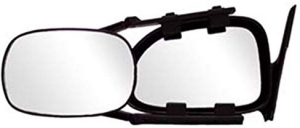-
Welcome to Tacoma World!
You are currently viewing as a guest! To get full-access, you need to register for a FREE account.
As a registered member, you’ll be able to:- Participate in all Tacoma discussion topics
- Communicate privately with other Tacoma owners from around the world
- Post your own photos in our Members Gallery
- Access all special features of the site
Is mechanic right? CEL - P0430
Discussion in '2nd Gen. Tacomas (2005-2015)' started by LilTuffGirl, Jan 18, 2012.


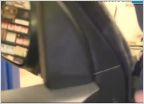 Driver side door clips "HELP"
Driver side door clips "HELP"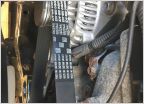 2.7L Alternator differences
2.7L Alternator differences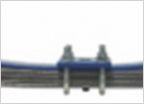 Which helper springs
Which helper springs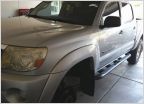 Silver detailing?
Silver detailing?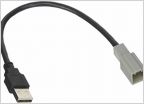 Aftermarket radio
Aftermarket radio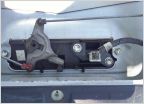 2015 backup camera
2015 backup camera











